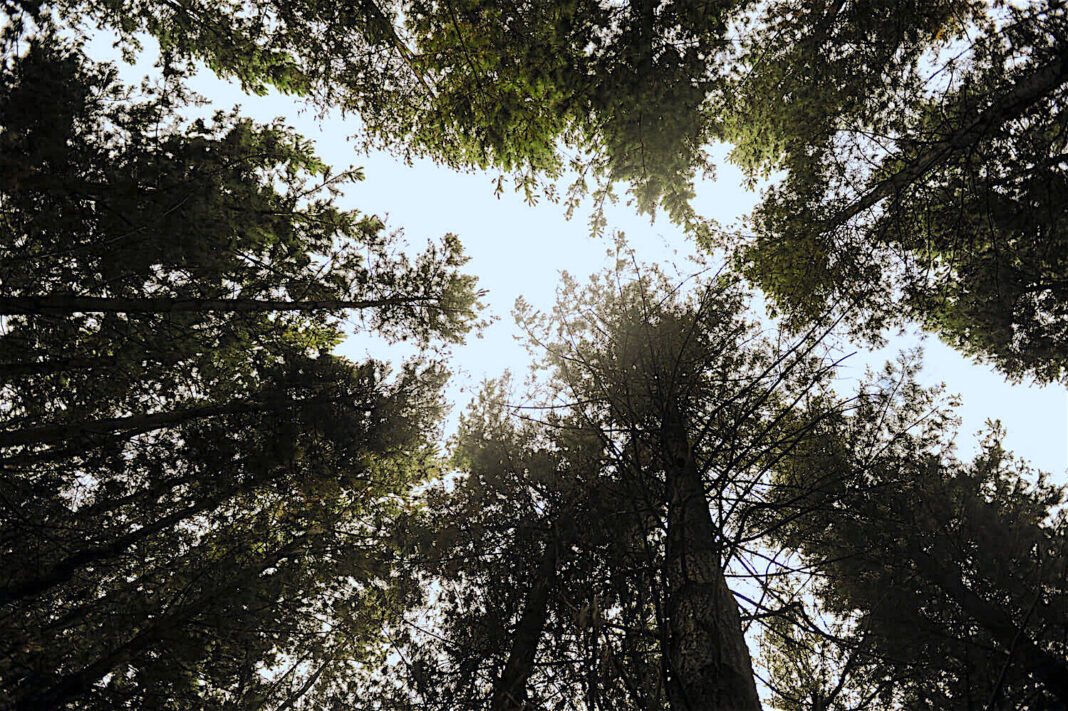Processors across the Green Triangle are waiting for recommendations that could address issues in the Australian timber supply chain to become government policy. The South Australian Timber Processors Association was formed in 2017 with the principal objectives of gaining sufficient volumes of raw material “over reasonable term”, so the timber industry in the Green Triangle could prosper into the future.
It represents all the smaller processors in the Green Triangle region and is led by David Quill, the association’s chief executive. Mr Quill believes local processors – who have requested more timber over longer term from forest growers – should be receiving a greater volume of Australian timber, a large chunk of which is ending up exported despite an Australian boom in construction and builders struggling to keep up pace, in part due to a lack of supply of structural timber.
“Just to be clear, our organisation has no objection to the export of softwood fibre from this region provided that growers first meet all requirements of domestic industry,” Mr Quill said. “In other words, we should only be exporting the material that we do not want, not the material that we do want.”
His comments come after the Federal Government’s Standing Committee on Agriculture and Water Resources released the findings of its inquiry into ‘Timber supply constraints in the Australian plantation sector,’ addressing in part the current situation faced by processors and suppliers.
The inquiry heard from businesses along the entire timber supply chain, with many operating in the Green Triangle region and made 10 recommendations, including the industry be supported to develop a voluntary code of conduct to facilitate access to timber by Australian softwood processors.
The voluntary code would be underpinned by the relationship between plantation owners and timber processors. The Federal Agriculture, Water and Environment Department would provide this support in the most cost-effective means possible, with it recommended the code be developed and implemented as quickly as possible, ideally within 12 months.
It was recommended the consumer watch-dog, the Australian Competition and Consumer Commission (ACCC), review the code after it has been in operation for two years, to ensure it is having the effect intended. It was also recommended the department develop an index of relevant softwood log prices in consultation with key stakeholders, publish the index and ensure its continued maintenance and currency.
The recommendation was made after multiple submissions from processors made it clear there was a lack of transparency on export prices, making it difficult to bid for logs despite processors being willing to pay a fair price for them – if they could determine what a fair price was.
In addition, the Department of Primary Industries and Regions SA stated the “poor pricing transparency of log exports” may be exacerbating the concerns of processors regarding supply. The inquiry committee, which included as a supplementary member Member for Barker Tony Pasin, noted the New Zealand government’s indicative index of radiata pine log prices was a potentially useful model for an Australian log price index.
However, the inquiry also noted another key barrier to addressing the supply shortfall was the absence of new plantations being established. With the reasons for this complex, the committee recommended the Productivity Commission undertake a thorough review of potential reforms to encourage plantation establishment.
Mr Quill said recommendations from the Federal Government were “extremely well received by our members and we now wait for the recommendations to be adopted into government policy”. However, with Australian plantations unable to fully meet the sector’s demand for timber, the federal inquiry also addressed the role of imports in the supply chain.
Australia is currently a net importer of timber. In 2018-19, the value of imports ($5.9b) exceeded exports ($3.9b) by $2b. With demand for sawn softwood expected to continue to grow by 30% to 2050, primarily due to housing starts and GDP growth, the Australian Bureau of Agricultural and Resource Economics (ABARES) said the industry will be more reliant on imports.
However, the Housing Industry Association (HIA) revealed it was concerned greater imports of timber could result in a risk of sub-standard or non-conforming timber making its way into the building supply chain. This comes as HIA, in its submission, noted it expects between 95,000 and 115,000 detached dwellings will be built each year in Australia and around 75% will use timber framing for load bearing elements.
ABARES has forecast existing softwood supply shortfalls are likely to increase and persist for the long-term. If recent export levels are maintained, ABARES projects by 2050, softwood sawlog supply will fall short of demand by 3.4 million cubic metres.
ABARES noted this would result in imports of softwood sawnwood needing to double between 2020 and 2050 to satisfy growing demand. Global demand for wood fibre is projected to quadruple by 2050, according to The World Bank.




